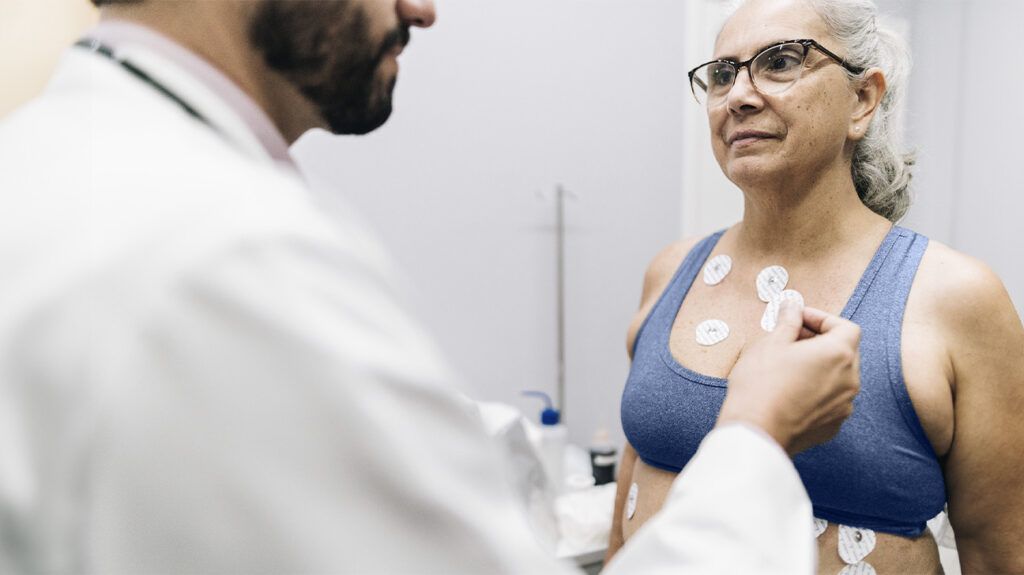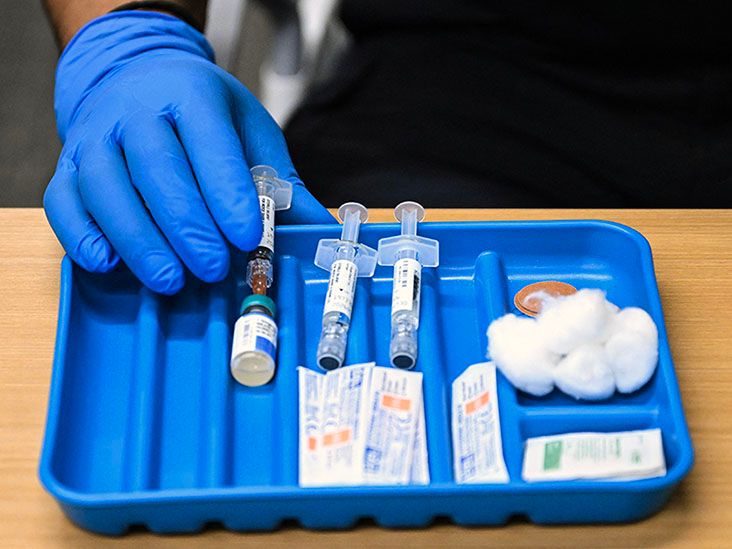Myocardial ischemia is a drop in blood flow to the heart. Myocardial infarction, or heart attack, occurs when death or damage occurs in the muscle tissue of the heart due to low blood supply.
The heart muscle relies on oxygen to function. In a healthy heart, the surrounding arteries provide the necessary oxygen.
However, people with coronary artery disease, or conditions that interfere with and damage the blood vessel feeding the heart, may experience life threatening heart complications.
These can include a myocardial infarction, or heart attack. This article explains the difference between ischemia and heart attack and how to recognize them.

Myocardial ischemia, or cardiac ischemia,
This also reduces oxygen supply, leading to tissue damage in the heart. A common symptom of myocardial ischemia is chest pain called angina pectoris, but myocardial ischemia often causes no symptoms at all.
Heart damage due to cardiac ischemia can result in problems with how the heart works, contributing to coronary artery disease (CAD) or coronary heart disease (CHD). This is a common cause of heart attacks.
People who may be at an increased risk of myocardial ischemia include
- people with diabetes
- people who have had a previous heart attack
- people who have previously had heart surgery
- older adults
- people who are staying in an intensive care unit
- people with obstructive sleep apnea
Learn about the possible risks of a heart attack based on age.
A myocardial infarction, or heart attack, occurs due to muscle injury after the heart’s blood supply has been
It often occurs when a buildup of plaque consisting of cholesterol and fat slowly develops on the coronary artery wall, narrowing the artery and reducing blood flow to the heart. This is known as atherosclerosis.
The plaque can break, forming a blood clot that may block the artery completely. This is known as plaque rupture. It can damage the heart muscles and affect how effectively the heart can pump blood.
However, medical treatments and heart-healthy lifestyle changes after a heart attack can reduce the risk of further damage.
Both myocardial ischemia and myocardial infarction cause tissue damage to the heart due to low oxygen, but damage due to infarction is
People with myocardial ischemia may or may not show symptoms, as an artery may not cause pain until it narrows by more than
If people do experience cardiac ischemia symptoms, they might include chest pain, or angina. Angina may occur in response to emotional or physical stress, but one type of angina, called unstable angina, can occur during rest or sleep.
When they do occur, ischemia symptoms
Is it a heart attack?
Heart attacks occur when there is a lack of blood supply to the heart. Symptoms include:
- chest pain, pressure, or tightness
- pain that may spread to arms, neck, jaw, or back
- nausea and vomiting
- sweaty or clammy skin
- heartburn or indigestion
- shortness of breath
- coughing or wheezing
- lightheadedness or dizziness
- anxiety that can feel similar to a panic attack
If someone has these symptoms:
- Dial 911 or the number of the nearest emergency department.
- Stay with them until the emergency services arrive.
If a person stops breathing before emergency services arrive, perform manual chest compressions:
- Lock fingers together and place the base of hands in the center of the chest.
- Position shoulders over hands and lock elbows.
- Press hard and fast, at a rate of 100 to 120 compressions per minute, to a depth of 2 inches.
- Continue these movements until the person starts to breathe or move.
- If needed, swap over with someone else without pausing compressions.
Use an automated external defibrillator (AED) available in many public places:
- An AED provides a shock that may restart the heart.
- Follow the instructions on the defibrillator or listen to the guided instructions.
Learn more about recognizing the signs of a heart attack.
Myocardial ischemia
When heart muscle heals from a heart attack, scar tissue forms. If part of the heart has incurred severe injury, the rest can keep working to pump blood. However, it may not be able to pump its usual amount of blood, as scar tissue does not pump as effectively as regular heart tissue.
This can lead to ischemic episodes, though these do not always lead to further heart attacks.
According to a
Many heart attacks that result from ischemia are due to atherosclerosis.
However, myocardial infarction does not only result from ischemia caused by plaque buildup. For example, blood flow to the heart
Rarely, the coronary artery wall may tear in a condition known as spontaneous coronary artery dissection (SCAD).
Treatments such as beta-blockers can
However, per a
A person can talk with their doctor about steps they can take to help reduce the risk of heart attack.
Myocardial ischemia refers to reduced oxygen supply to the heart. A myocardial infarction, or heart attack, can be a complication of this, resulting from tissue damage or death that affects heart function.
Both cause similar symptoms, though ischemia may be symptomless. An echocardiogram (EKG) may show different results for each.
While ischemia often comes before infarction, scar tissue that develops after heart attacks can lead to further ischemic events. Curing ischemia is not possible, but medications such as beta-blockers may improve outcomes for people who become aware of ischemia.


